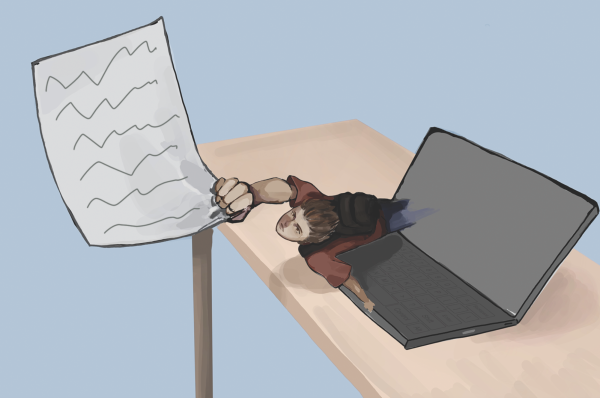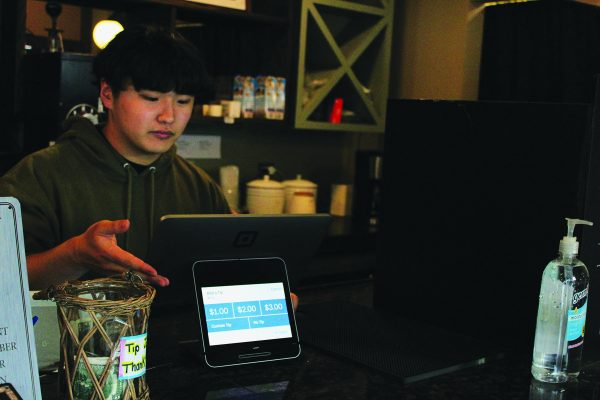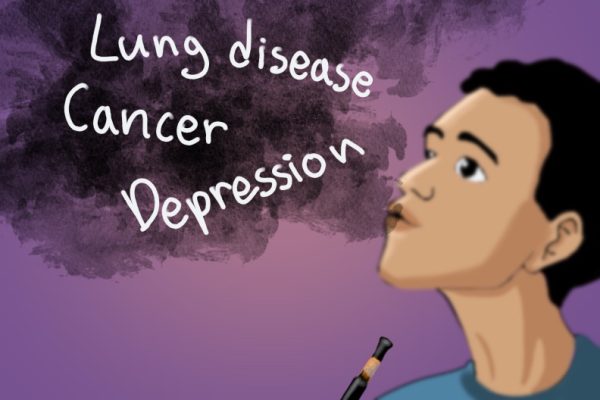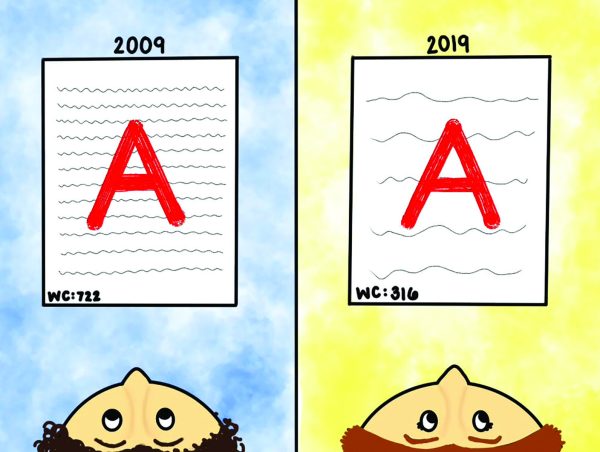Lead level tests indicate drinking water is within EPA standards
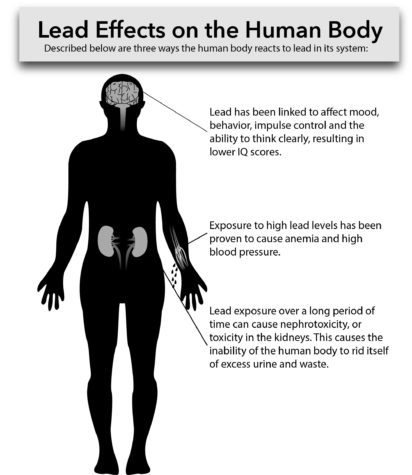
Before every tennis match, junior Melissa Goldin fills her water bottle from a water fountain. As she gulps the fresh and soothing water, she does not realize that she could possibly consume lead and develop brain damage for the rest of her life.
“It’s scary to think you could have been drinking lead this whole time,” said Goldin. “I’ll definitely be more conscious about where I fill up my water.”
According to the District 113 website, Highland Park and Deerfield high schools have found unsafe lead levels in their water in five water fixtures.
Prior to these findings, United Analytical Services tested 23 water fixtures throughout Glenbrook North on April 18, 2016, according to the Water Testing Summary. The primary focus on this date was to test for lead.
The EPA said they deemed that if the amount of lead in drinking water is 15 ug/L (micrograms per liter) or higher, action must be taken.
Mark Mycyk, editor-in-chief of the Journal of Medical Toxicology and research director of the Division of Toxicology at Cook County Hospital, said although humans are at risk of health issues if any amount of lead enters their body, there are safe amounts that can enter the body in which the risk factor is very slim.
According to the Water Testing Summary, the lead levels at GBN ranged from less than 5 ug/L to 5.35 ug/L, which is below the EPA’s action level.
Mycyk said an action level cannot be zero because humans are exposed to lead all the time, so the action level must be low, but not too low. As a result, agencies need to establish a limit where action is taken.
Goldin said she is a little worried about drinking the school’s water but will continue to drink from the water fountains unless GBN finds unsafe lead levels in its water.
“I think I probably trust GBN water because … it had been tested,” said Goldin. “But I will probably be more conscious when I go to other schools about drinking their water. Maybe during open lunch, I’ll fill up [my water bottle] at home instead of filling up [at GBN].”
Mycyk said lead has detrimental effects on all human organs and the most dangerous effects on a developing brain.
He said high exposure to lead not only affects one’s mood, behavior and impulse control, but also one’s ability to think clearly, resulting in lower IQ scores.
GBN Plant Operator Dan Whisler said GBN adds about two to three water bottle fillers a year equipped with high-quality Zen water filters, which replace the existing water fountains without fillers.
According to Zen Water Systems’ website, these filters have a six-stage water filtration system that effectively removes bacteria, eliminates bad odors and reduces the amount of harmful contaminants, such as lead.
Junior Ellis Cho said he frequently brings a water bottle to school and began taking some precautionary measures after he found out about the unsafe lead levels at District 113 schools.
“I probably won’t be very worried because lead hasn’t been found in GBN water, but it will definitely be something I will consider when drinking from the water fountains,” said Cho. “I’ll check the filter quality indicator on the fountains, or I might buy bottled water instead of drinking from the fountains.
Whisler said that although some of the fountains may have yellow and red lights next to the filter status, students should not worry. The light next to the filter status is not dependent on the “chemistry of the water,” but on the “total number of ounces” released from the fountain. GBN is committed to providing students with clean water and hopes to have water bottle fillers equipped with filters on every water fountain in the next few years.
“[Northbrook] is sending out water [to GBN] that is below the [action level] … which is comforting to know,” said Whisler. “And our bottle filler stations that are all filtered remove it down to a number much lower than that.”






